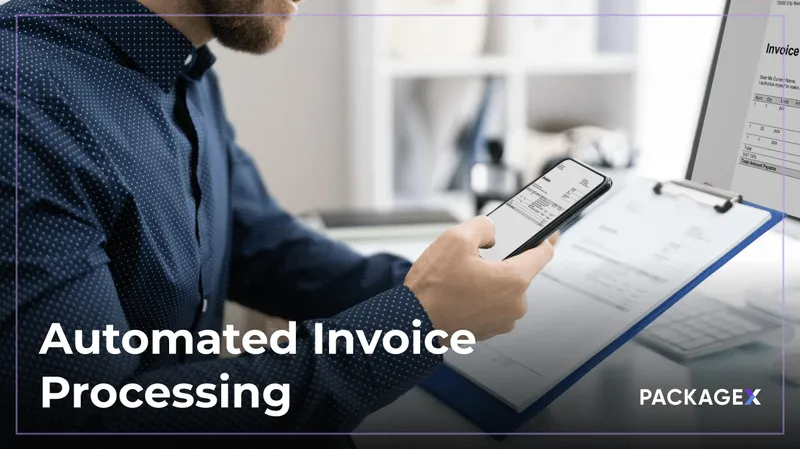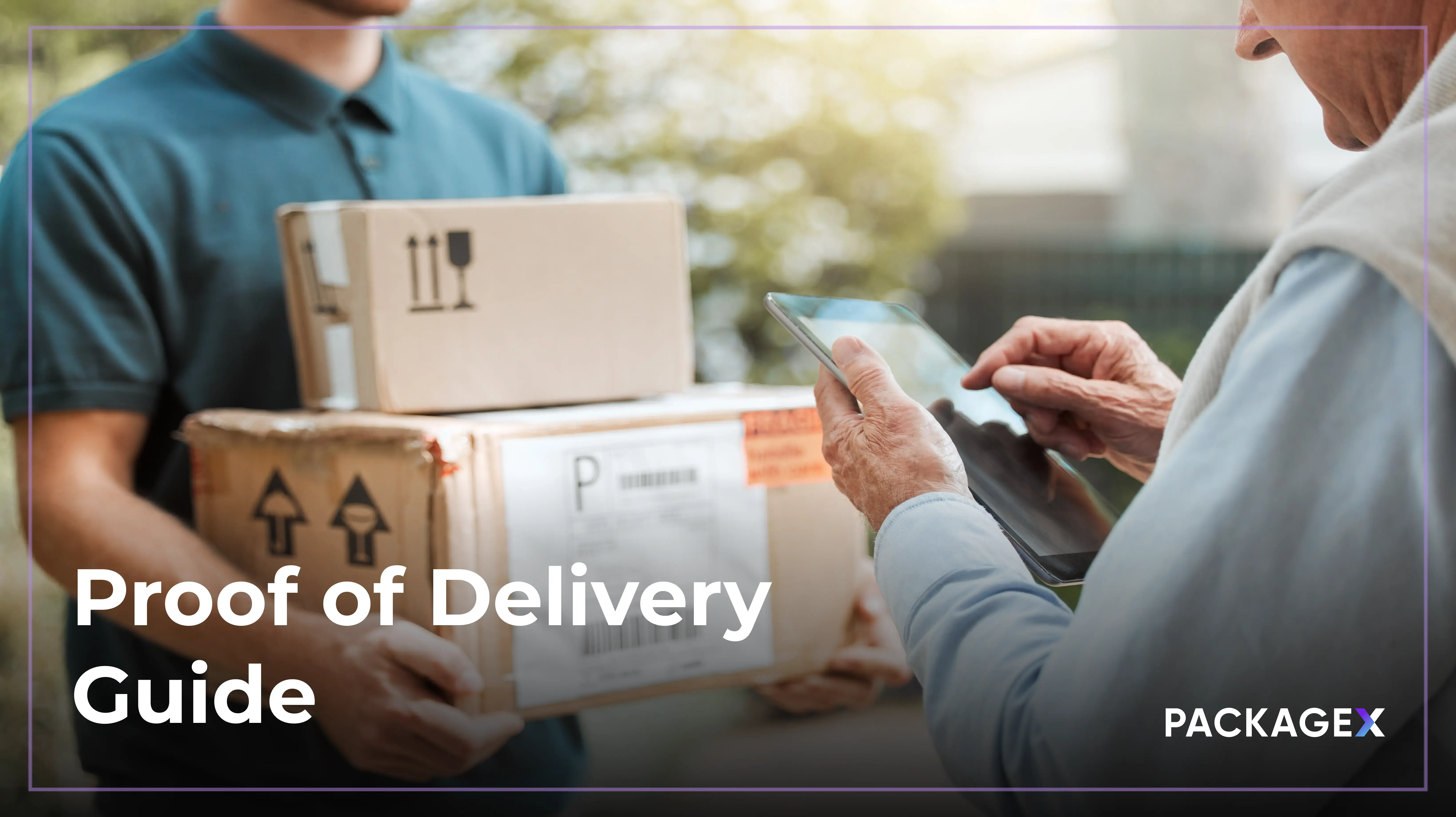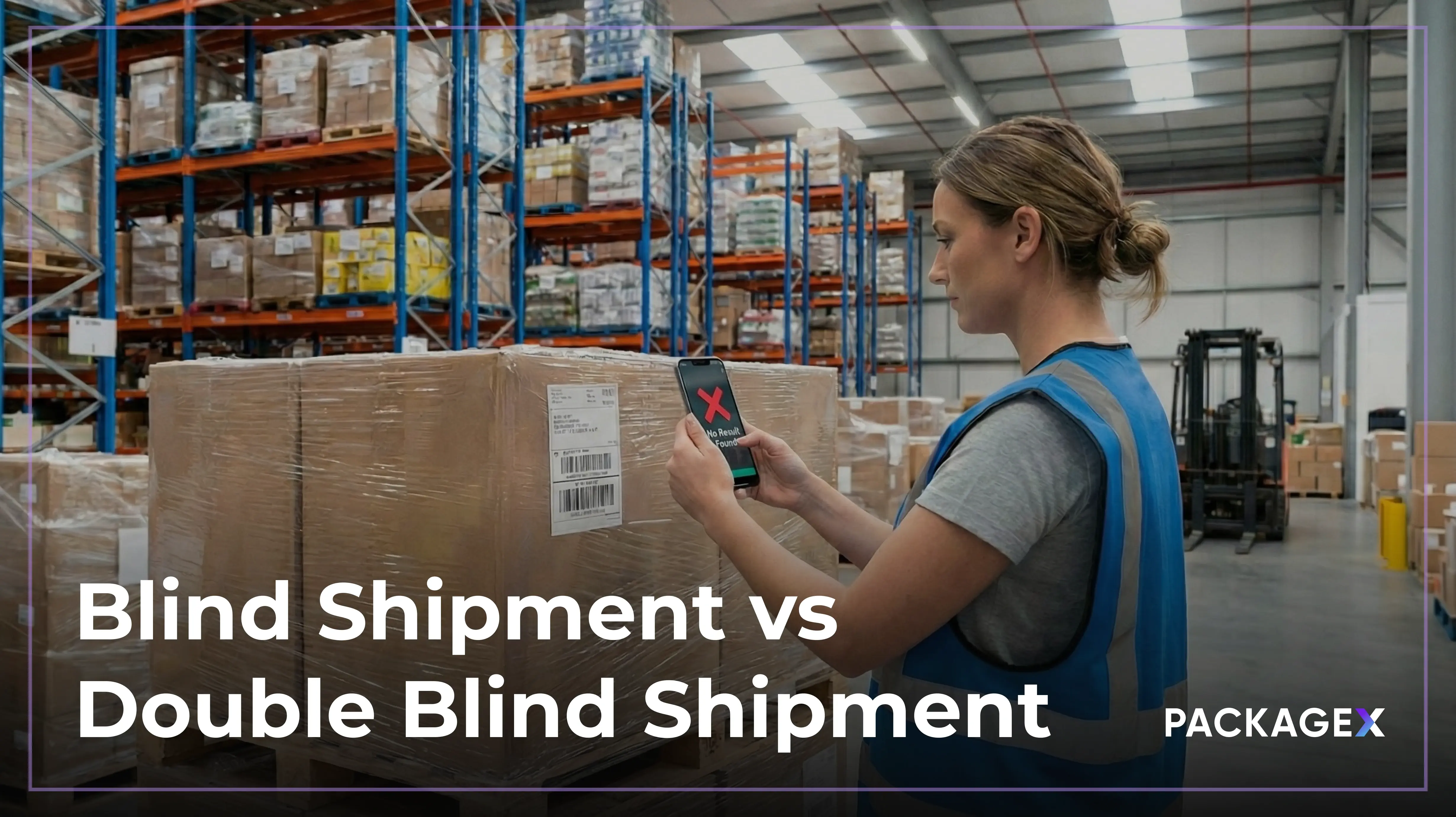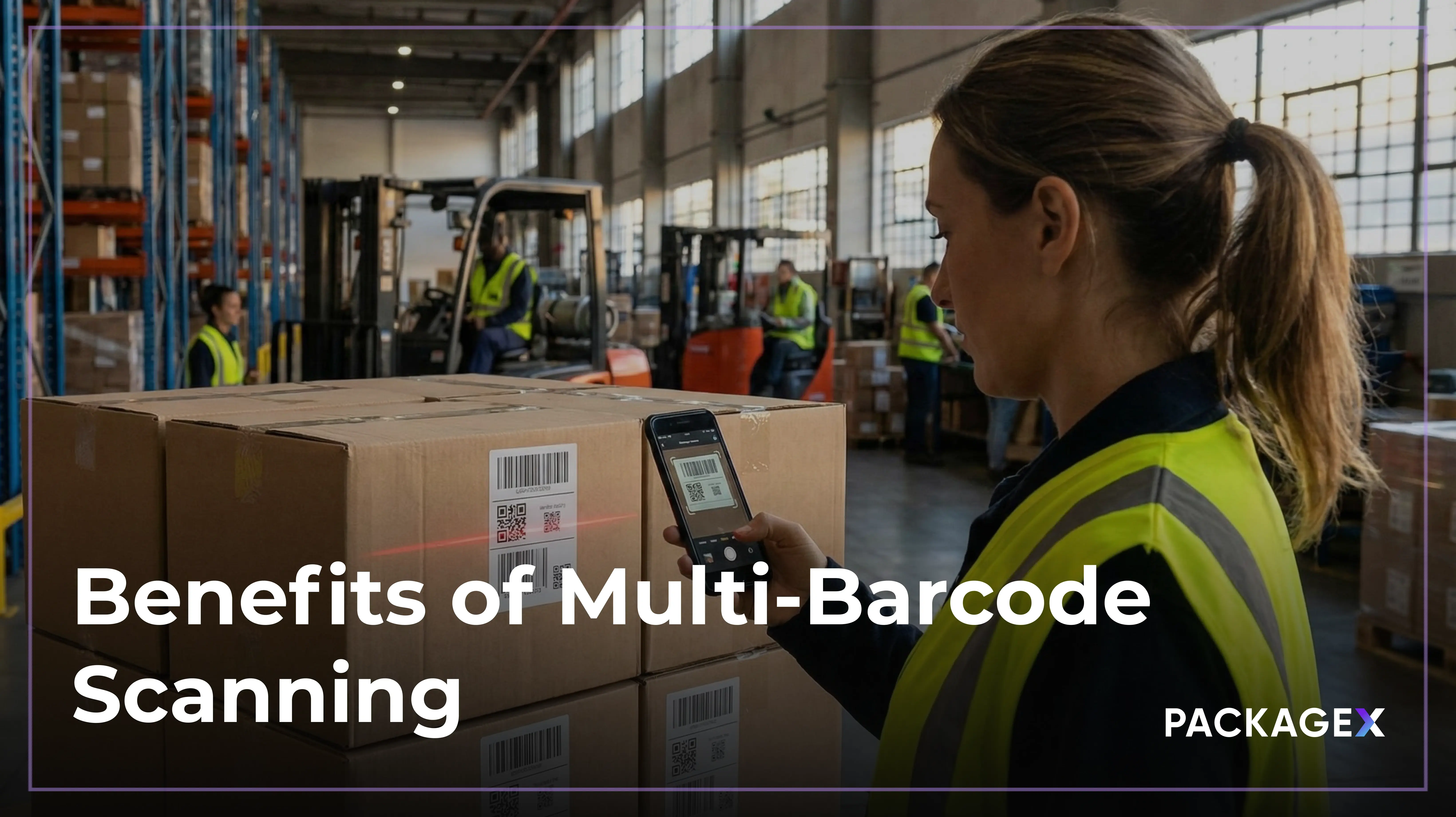What does the shift from manual to automated invoice processing mean for businesses?
According to the American Productivity & Quality Center (APQC), processing a single invoice manually consumes an average of 8.3 days. This delay frequently results in strained vendor relationships.
However, the time is decreased in half, to just 4 days, with automated invoice processing. Businesses that deal with a large number of invoices every month or even every day are greatly impacted by this difference in terms of time and expense.
The shift toward invoice process automation is all about keeping operations efficient, accurate, and scalable. Conventional techniques like data entry, filing, and stamping can result in mistakes and increased operational costs. Such issues are resolved via automation and AI.
Empowering people to concentrate on more valuable tasks is more important than replacing them. A team's potential for expansion increases with the number of invoices they can handle precisely and on schedule.
What Is Automated Invoice Processing?
Automated invoice processing uses AI-powered software to streamline accounts payable workflows. It automates tasks like invoice capture, data extraction, validation, approvals, and payment processing. While eliminating manual data entry, accelerating approvals, reducing errors, and ensuring timely payments.
One of the main technologies used in this process is Optical Character Recognition (OCR). OCR scans and converts different kinds of documents into content that can be edited and searched. Machine learning (ML) and artificial intelligence (AI) are also crucial for supporting precise invoice data classification and interpretation.
This AP automation solution increases financial accuracy, lowers costs, and boosts productivity for every business by integrating with the current accounting infrastructure.
Implementing invoice processing automation can offer many advantages. For example, organizations have reduced invoice processing expenses by as much as 67%. It has also been observed that data capture accuracy improved by up to 99%, eliminating errors that result from manual entry.
The market for invoice automation software also mirrors this increased demand. It was worth about $3.4 billion in 2024 and is estimated to grow to $8.9 billion by 2031.
Overall, it can be confidently said that automated invoice processing simplifies the accounts payable process, improves accuracy, and allows for cost savings. Thus it is a reliable asset for organizations seeking to optimize their financial processes.
How Automated Invoice Processing Works
Automating invoice processing involves a series of steps that replace manual tasks with technology, leading to faster and more accurate handling of invoices.
Here's how the process typically works:
1. Invoice Capture
Invoices arrive through various channels such as email, postal mail, or electronic data interchange (EDI). Automation software captures these invoices and then converts them into digital formats using technologies like Optical Character Recognition (OCR). This step eliminates the need for manual data entry. Which reduces errors and saves time.
2. Data Extraction
The technology extracts important information from the digitized bills, including dates, numbers, invoice numbers, and vendor details. Artificial intelligence (AI) and machine learning (ML) are used in modern systems to increase the accuracy of data extraction.
3. Verification and Correspondence
After that, the captured data is checked against the records that already exist. For example, the system verifies that the invoice information corresponds to the relevant delivery receipts and purchase orders.
Only authentic and correct invoices move on to the next phase thanks to this three-way matching process.
4. Approval Workflows
After verification, invoices go through predefined approval procedures. Certain invoices could need several layers of approval depending on the organization's policies, depending on the department, or the quantity. Delays are decreased by automation, which guarantees that the right stakeholders are informed immediately.
5. Accounting System Integration
The invoice data is easily incorporated into the company's accounting or Enterprise Resource Planning (ERP) systems after it has been authorised. This integration improves overall efficiency by enabling accurate financial reporting and on-time payments.
Implementing an automated invoice processing system can lead to significant benefits. For example, organizations can reduce invoice processing costs by up to 30% and decrease invoice error rates from 2% to 0.8%.
By adopting automation, businesses can streamline their accounts payable processes, minimize errors, and improve vendor relationships.
The Benefits of Automated Invoice Processing
Manual invoice handling often results in delays, mistakes, and unnecessary expenses. By adopting automation, businesses can streamline their accounts payable processes. AI and Automation also help in significant improvements across various areas.
1. Boosting Efficiency
Automated invoice processing can cut processing time by up to 80%, allowing personnel to focus on more strategic tasks. This acceleration not only speeds up operations but also enhances overall productivity. (Source: Medium)
2. Minimizing Errors
We are well aware that manual data entry is prone to mistakes. Which can lead to payment discrepancies and strained vendor relationships. Automation significantly reduces these errors, with data capture accuracy reaching up to 99%. This improvement ensures more reliable financial records and smoother transactions.
3. Reducing Costs
Manual invoice processing results in expenses associated with labour, document handling, and warehousing. These costs can be cut by up to 67% with automation. This results in significant savings, from which other important company sectors could benefit.
4. Improved Connections with Vendors
Accurate and on-time payments promote vendor trust. Automation ensures that invoices are processed and submitted on time. This can result in improved terms or discounts and increase vendor satisfaction.
5. Enhancing Audit Readiness and Compliance
Automation facilitates regulatory compliance by offering a consistent and transparent audit trail. With real-time tracking and standardized processes, businesses can respond more effectively to audits and reduce the risk of non-compliance penalties.
Incorporating automated invoice processing not only manages operations but also contributes to a more reliable financial system.
How to Choose the Best Automated Invoice Processing Software
Finding the best automated invoice processing software comes down to a few key areas:
- How well it fits with your current tools.
- How easy it is for your team to use.
- How it grows with your business.
- How dependable the support is when you need it.
Integration should be one of the first things to look at. Software that connects with platforms like QuickBooks, SAP, or Oracle helps keep your workflows clean and reduces duplicate data entry. According to a Levvel Research report, 62% of companies consider integration with existing systems a top factor when selecting invoice automation tools.
Ease of use matters just as much. Complicated interfaces slow things down. A clean, intuitive design means fewer errors and less time spent on training.
Scalability allows you to process thousands of invoices as your business grows without constantly switching tools. This is especially important for fast-moving logistics operations.
Lastly, support can’t be overlooked. Quick help when things go wrong makes all the difference.
AI-powered solutions provided by PackageX, which offer automated invoice processing, strong cloud integration, and customizable workflows, check all these boxes. That makes it easier to automate invoice processing at scale without disrupting how your teams work.
Real-World Applications
Automated invoice processing is helping businesses cut down on manual tasks and speed up approvals. A recent automated invoice processing example involves a logistics company that partnered with PackageX to overhaul its invoice handling.
By using OCR-powered automation, the team was able to reduce invoice processing time by nearly 80%. Not only this, but also observed error rates drop by up to 90%. The system now captures invoice data directly from scanned documents and emails, organizes it through intelligent routing, and sends it through a fully automated approval workflow with no manual entry needed.
This implementation showcases how invoice automation can improve accuracy, save time, and create a more consistent process for growing operations.
For companies dealing with large volumes of invoices or looking to scale, solutions like this can free up valuable internal resources and reduce friction across accounts payable.
How PackageX Optimizes Automated Invoice Processing
PackageX uses advanced artificial intelligence and cloud-based solutions to handle invoices with accuracy and efficiency. PackageX reduces manual entry errors and greatly increases accuracy by automating the gathering and processing of invoice data through the use of AI-driven data extraction. This enables organisations to save time and focus on strategic activities rather than mundane paperwork.
With PackageX's cloud-based processing technology, invoices are processed instantly, giving users instant access to the most recent financial data. Your current systems will be smoothly integrated with our cloud solution in no time.
One of PackageX's most notable features is its real-time analytics. It provides comprehensive information on payment patterns and invoice statuses. Because of this transparency, businesses are able to make data-driven decisions promptly.
Additionally, its adaptable processes enable companies to customise invoice processing to meet their unique requirements, guaranteeing seamless approvals and payments.
PackageX's committed customer service guarantees that any issues or problems are resolved quickly, assisting businesses in continuing to run operations smoothly.
All you need to level up your business is to get in touch with PackageX.
FAQs
What is automated invoice processing?
Automated invoice processing uses software to manage invoices, from pulling data to making payments. It reduces manual tasks, minimizes errors, and speeds up the accounts payable workflow.
How do I automate invoicing?
You can automate invoicing by implementing automated invoice processing software that extracts, captures, and validates invoice information. This software is able to link with your accounting systems to automate payment and approval procedures.
What are the steps of invoice processing?
Invoice processing involves several steps:
- Receiving invoice
- Extracting data
- Validating the information
- Matching it with purchase orders
- Obtaining approvals, and finally,
- Making payments.
Automation simplifies each of these steps, saving time and reducing human error.




